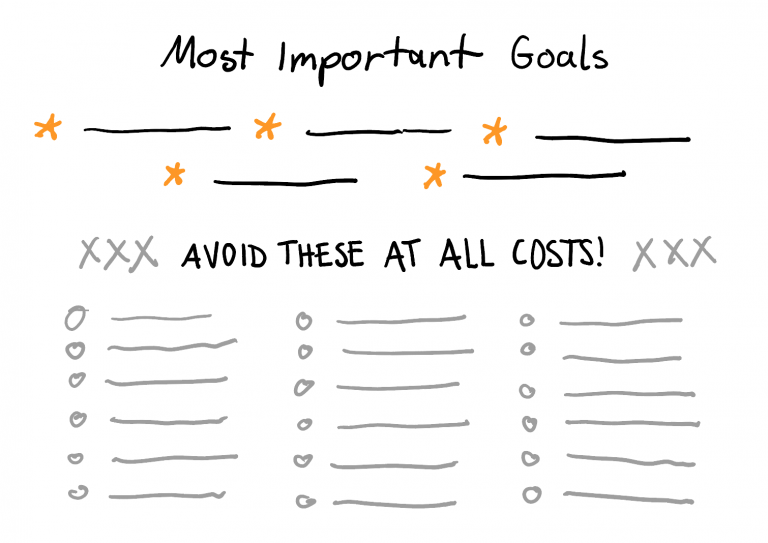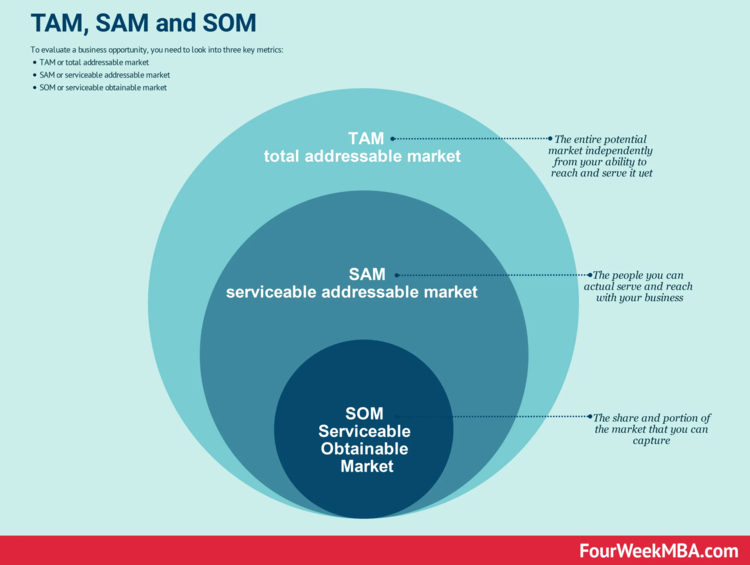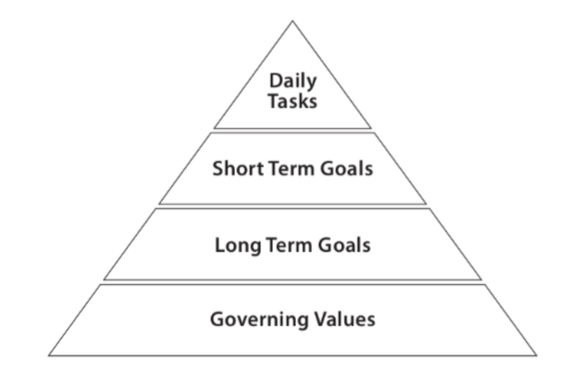Thread
If you want to prioritize better and achieve more, here are 10 of the most powerful prioritization mental models:
Calendar-Priority Alignment
1. “What are your priorities?”
2. “If I look at your calendar, would it be obvious to me that those are your priorities?”
Hack: Use your Calendar as your to-do list so that your highest priority to-dos actually get done.
h/t @rabois
1. “What are your priorities?”
2. “If I look at your calendar, would it be obvious to me that those are your priorities?”
Hack: Use your Calendar as your to-do list so that your highest priority to-dos actually get done.
h/t @rabois
Warren Buffett - 2 List Strategy
Steps:
1. Write down your top 25 goals
2. Circle your top 5 goals on that list
3. Place any goal that you didn’t circle on the “avoid at all costs” list—these are the tasks that aren’t important enough to move you towards your long-term goals
Steps:
1. Write down your top 25 goals
2. Circle your top 5 goals on that list
3. Place any goal that you didn’t circle on the “avoid at all costs” list—these are the tasks that aren’t important enough to move you towards your long-term goals
First Things First
Prioritize Q2—Effectiveness.
“Putting first things first means organizing and executing on your most important priorities.
It is living and being driven by the principles you value most, not by the agendas and forces surrounding you.”
— Stephen Covey
Prioritize Q2—Effectiveness.
“Putting first things first means organizing and executing on your most important priorities.
It is living and being driven by the principles you value most, not by the agendas and forces surrounding you.”
— Stephen Covey
Multi-Tasking
”You can’t ignore your finiteness by working your way through it (Multi-Tasking).
You must pause and think about what you’re doing, and whether it’s actually worth doing.
Only then can you experience the true fruits of existence.”
h/t @moretothat
”You can’t ignore your finiteness by working your way through it (Multi-Tasking).
You must pause and think about what you’re doing, and whether it’s actually worth doing.
Only then can you experience the true fruits of existence.”
h/t @moretothat
Total Addressable Market (TAM)
A TAM is an estimate of the potential revenue available for a product or service—it helps startups prioritize what to build.
Here, we use it as a metaphor to represent the idea that we should prioritize the biggest opportunities available to us.
A TAM is an estimate of the potential revenue available for a product or service—it helps startups prioritize what to build.
Here, we use it as a metaphor to represent the idea that we should prioritize the biggest opportunities available to us.
Pareto Principle
20% of your effort will lead to 80% of your results.
Some inputs are vital, some are minimal.
To maximize positive ROI, prioritize the 20%.
For example, 20% of clients provide you with 80% of your profits—these should be prioritized.
20% of your effort will lead to 80% of your results.
Some inputs are vital, some are minimal.
To maximize positive ROI, prioritize the 20%.
For example, 20% of clients provide you with 80% of your profits—these should be prioritized.
RICE Score
(R): How much Reach could the project have?
(I): How much positive Impact if it succeeded?
(C): What is the Confidence that it succeeds?
(E): How much Effort is required to complete the project?
Prioritize the highest scoring project(s).
h/t @RoadmunkApp
(R): How much Reach could the project have?
(I): How much positive Impact if it succeeded?
(C): What is the Confidence that it succeeds?
(E): How much Effort is required to complete the project?
Prioritize the highest scoring project(s).
h/t @RoadmunkApp
The Productivity Pyramid
A simple tool to help keep you on course to reach your biggest goals.
Your values inspire your long-term and short-term goals, which govern what you should do today.
Steps:
1. Governing Values
2. Long-Term Goals
3. Short-Term Goals
4. Daily Tasks
A simple tool to help keep you on course to reach your biggest goals.
Your values inspire your long-term and short-term goals, which govern what you should do today.
Steps:
1. Governing Values
2. Long-Term Goals
3. Short-Term Goals
4. Daily Tasks
Critical Path Analysis
A method to plan what needs to be done and when to complete a project in the shortest time possible.
Steps:
1. List tasks required to complete your project
2. List dependencies between your tasks
3. Estimate the time each activity will take to complete
A method to plan what needs to be done and when to complete a project in the shortest time possible.
Steps:
1. List tasks required to complete your project
2. List dependencies between your tasks
3. Estimate the time each activity will take to complete
LNO Framework
Types of tasks:
Leverage (~10x): "Do a great job. Let your inner perfectionist shine."
Neutral (~1x): "Do a strictly good job. No better."
Overhead (~<1x): "Just get it done. Actively try to do a bad job."
h/t @shreyas
Types of tasks:
Leverage (~10x): "Do a great job. Let your inner perfectionist shine."
Neutral (~1x): "Do a strictly good job. No better."
Overhead (~<1x): "Just get it done. Actively try to do a bad job."
h/t @shreyas
@shreyas That's 10 of the best prioritization mental models.
What would you add?
Follow me @_alexbrogan for more mental models, concepts, and frameworks
What would you add?
Follow me @_alexbrogan for more mental models, concepts, and frameworks




